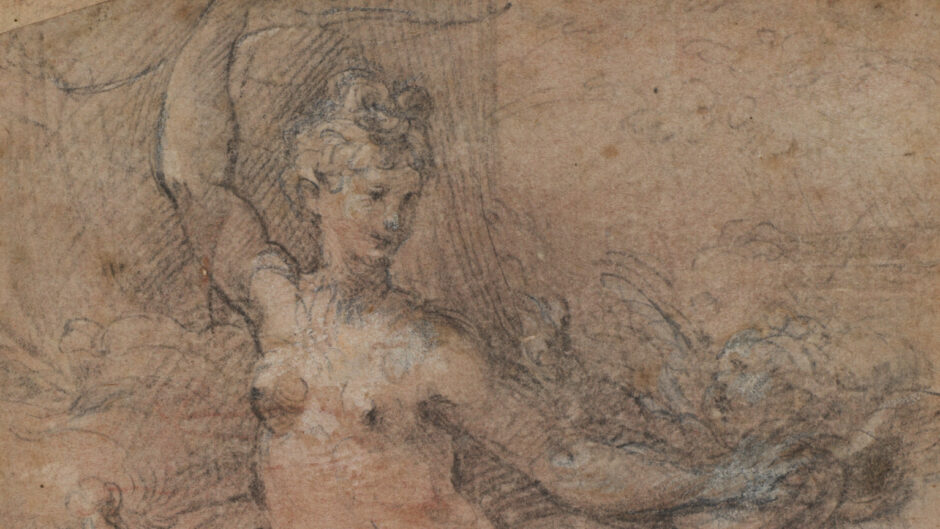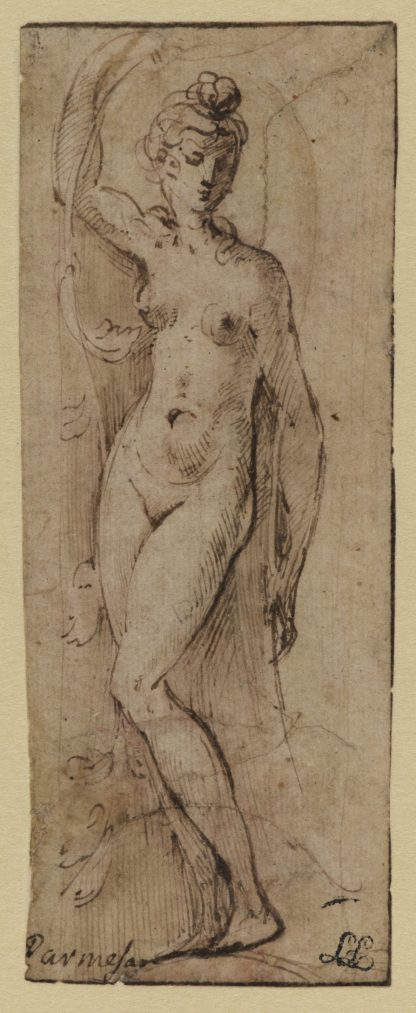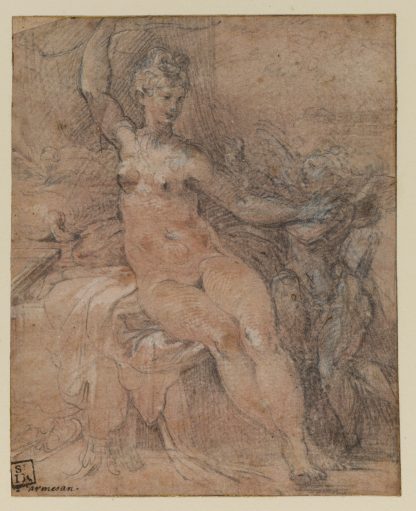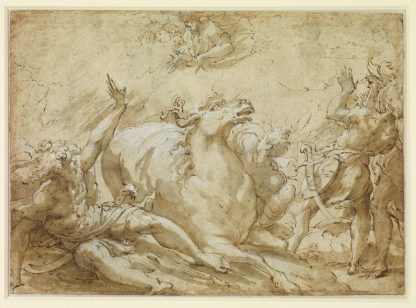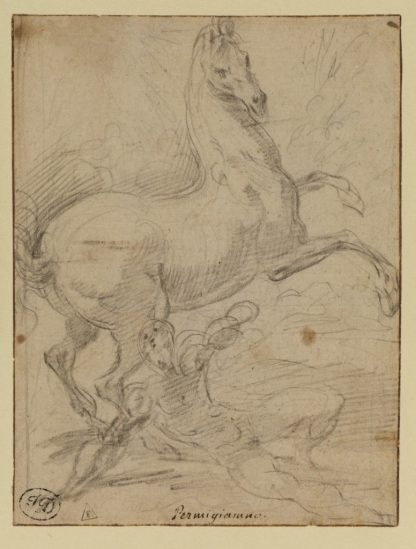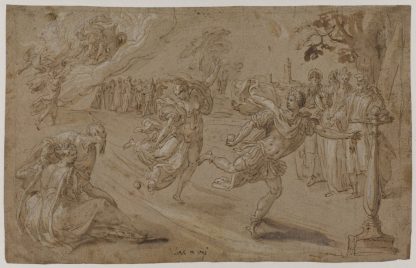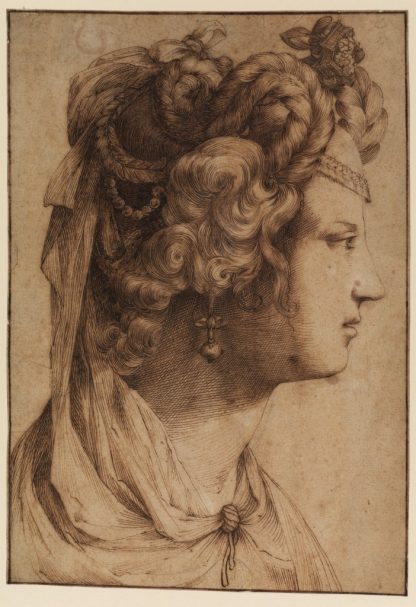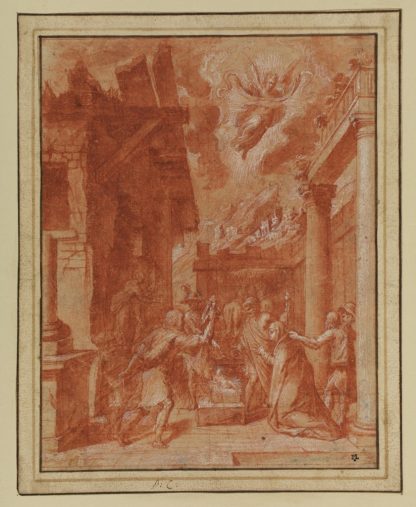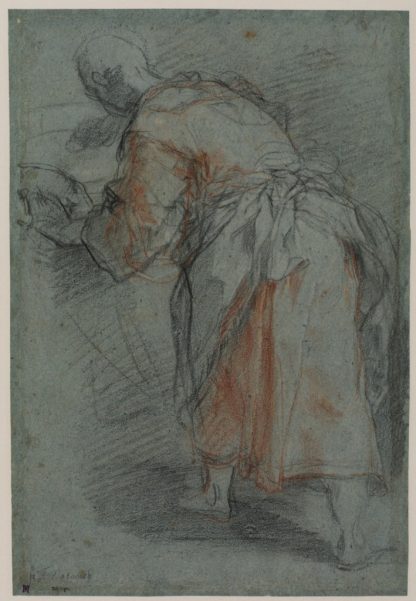“… what design needs, when it has derived from the judgement the mental image of anything, is that the hand, through the study and practice of many years, may be free and apt to draw and to express correctly with the pen, the silver point, the charcoal, the chalk, or other instrument, whatever nature has created.”
Vasari, “Of Painting”, in Vasari on Technique, transl. L.S. Maclehose, London, 1907, 206.
Over the course of the fifteenth century, drawing acquired an enhanced status in the process of execution of art works. It helped artists to devise accurate perspectival views and to perfect their ability in imitating human and natural forms. In the writing of early theorists such as Leon Battista Alberti and Ghiberti, drawing is perceived as an essential tool for developing an artist’s practice and career. Workshops’ practice emphasized the role of copying a master’s works and drawing the human form from life was part of the training of young artists across Italy. Drawing however, was mostly perceived as a manual skill and it was only in the sixteenth century, and largely owing to close contacts and exchanges between artists and men of letters that drawing gradually acquired a more intellectual dimension. The Italian term disegno illustrate this inherent ambiguity as it both indicates the actual drawing and the intention of the artist. Drawings, in this sense, became an extension of the artist’s creative process and a manifestation of his inventive power. This shift determined a multiplication of the opportunities for artists to demonstrate their skill and intellectual and poetic creativity through drawing. As a result, a much wider variety of drawings’ techniques was explored and drawings occasionally acquired an independent status as works of art. This section of the exhibition shows how different media, including pen, black and red chalk, pastels, and washes, were used to explore the possibilities of drawing, both when the drawing was functional step towards the execution of a finished painting and when it was intended as an independent work of art. This views are most clearly expressed in Vasari’s Lives of the Artists, first published in 1550, in which he maintained that disegno is the father of the arts of painting, sculpture and architecture, as it constitutes the intellectual principle upon which they are founded.






